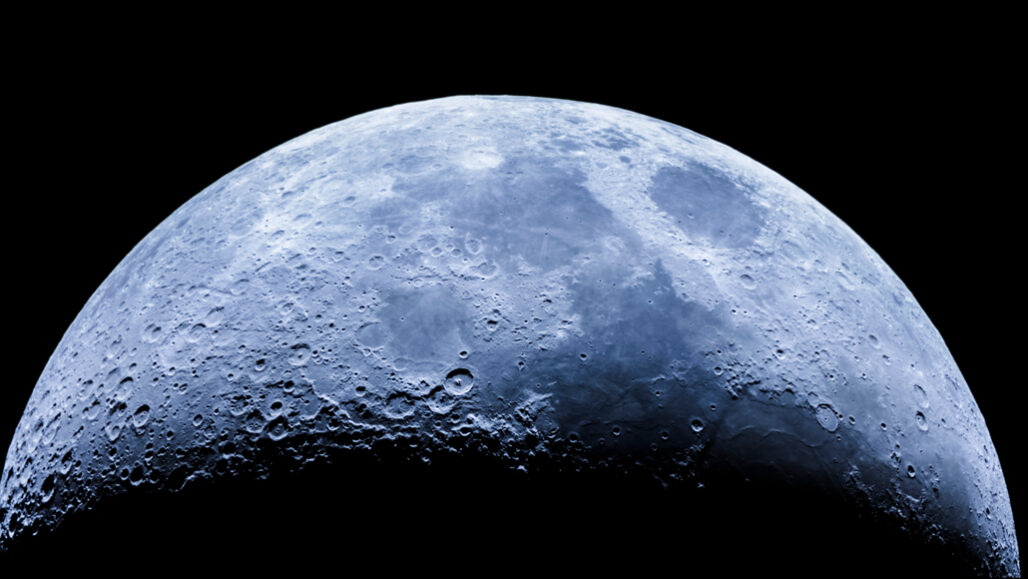There’s water on sunny parts of the moon, scientists confirm
New observations support previous hints of H2O on the lunar surface

Past observations of the moon have suggested that there is water on the lunar surface. New observations from the SOFIA telescope back up those findings.
abriendomundo/iStock/Getty Images Plus
Past observations had suggested there’s water on the moon. New telescope observations now find those findings hold water.
Spacecraft had seen evidence of water ice in permanently shadowed craters. This was at the moon’s poles. There also had been hints of water molecules on the sunlit surface. But water sightings in the sun had relied on indirect data: infrared light. That light wavelength, however, could also come from other chemicals that contain hydrogen and oxygen.
Now an infrared signal unique to water has turned up near the lunar south pole. It was found by a telescope called SOFIA. Researchers described their finding online October 26 in Nature Astronomy.
“This is the first [clear] detection of molecular water on the sunlit moon,” says Casey Honniball. This lunar scientist is a coauthor of the new study. She works at NASA’s Goddard Space Flight Center in Greenbelt, Md. Her team’s finding “shows that water is not just in the permanently shadowed regions,” she says. “There are other places on the moon that we could potentially find it.”
These observations could inform future missions to the moon. Those missions will scout for lunar water. Its presence could aid later human visitors.

Educators and Parents, Sign Up for The Cheat Sheet
Weekly updates to help you use Science News Explores in the learning environment
Thank you for signing up!
There was a problem signing you up.
What the telescope saw
SOFIA stands for the Stratospheric Observatory for Infrared Astronomy. The 2.5-meter (8.2-foot) telescope rides aboard a jumbo jet to get clear views of the sky. During a flight in August 2018, it detected light with a 6-micrometer wavelength. This infrared signal came from the vibrations of sunlight-heated water molecules near the moon’s southern Clavius crater.
To confirm the presence of water on the moon with observations at that wavelength “was really brilliant”, says Jessica Sunshine. She’s a planetary scientist at the University of Maryland in College Park. Sunshine has worked on past studies that spotted hints of water on the moon but was not involved in this one.
Honniball’s team looked at the intensity of the infrared light. Based on that, the researchers calculate a water concentration of about 100 to 400 parts per million around the Clavius crater. That equals less than half a liter of water (or less than a 16-ounce bottle of water) per metric ton of lunar soil. It’s also about what the researchers had expected, based on past studies.
The water in permanently shadowed regions of the moon is frozen. The newly discovered water molecules are not frozen. Nor are they liquid, Sunshine adds. “There’s no moon puddles.” Instead, it seems the water is bound inside some other material on the lunar surface.
These water molecules could be encased in glass. That glass might have been forged by the impacts of micrometeorites that rained down onto the surface. Or the water molecules might be wedged between soil grains. Those grains would shield the water from the sun’s blistering rays. “The only way for us to be seeing water on the [sunlit] moon is if it is sheltered from this harsh environment,” Honniball explains.
Water could have formed on the moon itself. There are hydrogen ions in the continual flow of charged particles from the sun. Those ions may react with oxygen on the surface. Or, if the water is stored in impact glass, it could have been delivered to the moon by meteorite bits.







